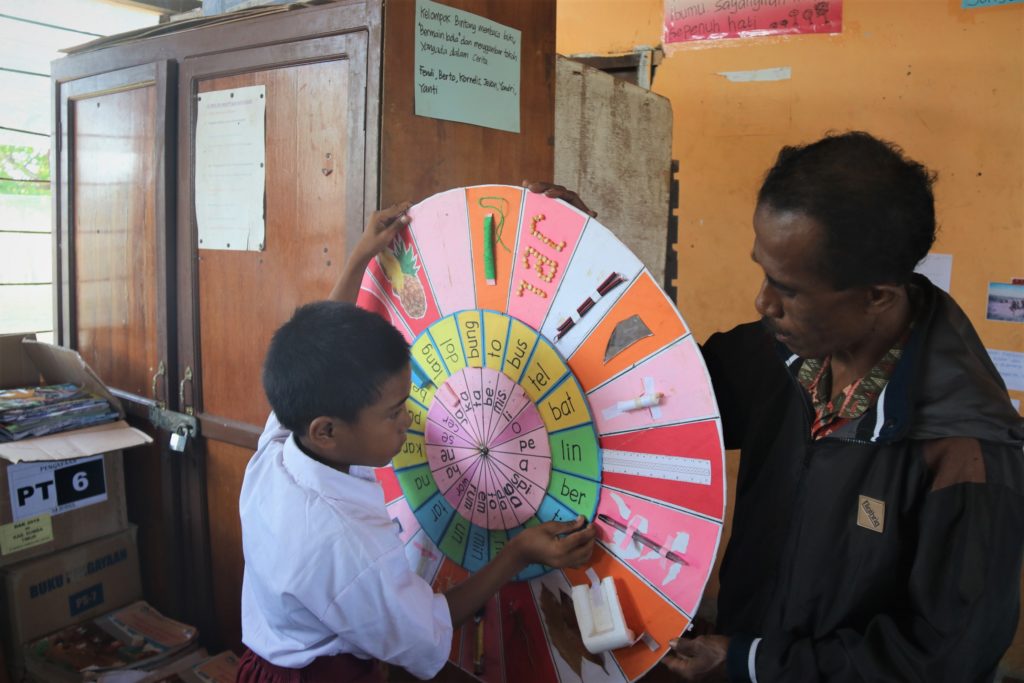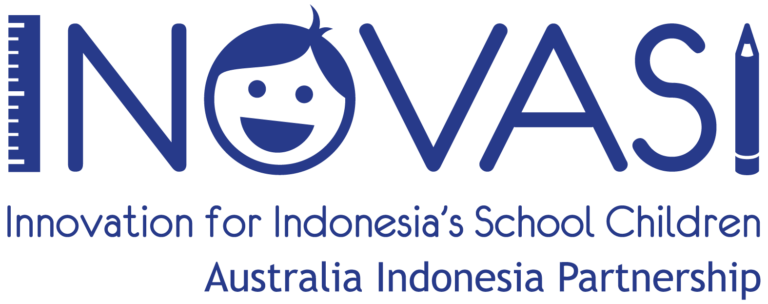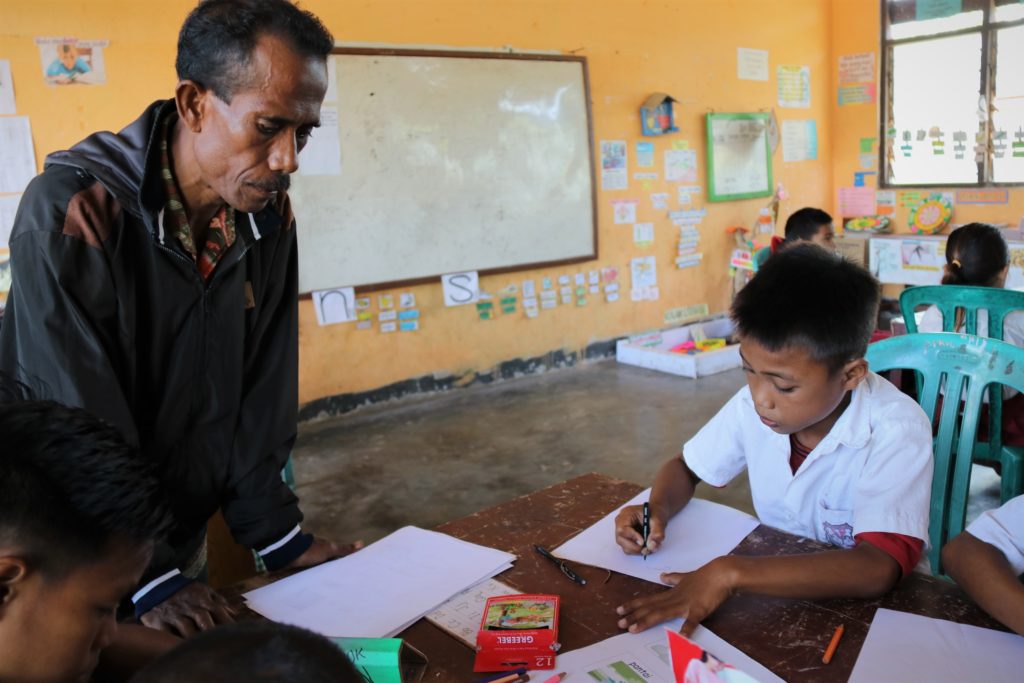
John said that at the time, the students were grouped according to their reading abilities wherein each group consisted of some students whose reading abilities were good enough. These students acted as peer tutors for the other students in the group. However, this resulted in the teacher focusing only on those students. “If I saw that these peer tutors understood the lesson, I assumed that my learning strategy was successful—apart from whether the other students had understood it or not,” recalled John.
Furthermore, John noted other factors that led to the low literacy skills of his students. The teachers would, for example, spend too much time on the administrative aspect of learning and the use of the Learning Implementation Plan (Rencana Pelaksanaan Pembelajaran, or RPP) according to the 2013 Curriculum (K-13), which is considered complicated. “This is why I didn’t have time to develop an effective learning technique; I was focusing on teaching according to the RPP. Meanwhile, the RPP did not take into consideration the students’ different abilities.”
This made learning in John’s class still teacher-oriented. He also did not use teaching aids other than the textbooks. This made it difficult for him to invite students to actively participate in learning.
John explained that this focus was reversed in the training and mentoring that was provided by the INOVASI program. “There are no peer tutors, and all of the students are grouped according to their abilities. All of the student groups are given learning strategies that match the needs of each group, but the focus is on children whose reading skills are still low, such as the alphabet and syllable reading groups,” explained John.
During the implementation of the INOVASI program at SDN Lindi in East Sumba regency, John used a variety of learning media, such as alphabet cards, word cards, word cups, alphabet compasses, and a game of snakes and ladders. John developed some of these media as a result of his training with INOVASI. The children who were once only introduced to the letters of the alphabet are now able to understand how the letters sound, and they can now read words faster.
The activities of the Teacher Working Group (Kelompok Kerja Guru, or KKG) have also changed. Initially, they were cluster-based and non-periodic; now they are community-based and held regularly. The content of KKG discussions are no longer focused only on learning aids, such as the Annual Program (Program Tahunan, or Protap), Semester Programs (Program Semester, or Promes), and the Learning Implementation Plan (RPP), but also on how to design learning strategies that suit the students’ abilities. These include learning media and simpler learning scenarios.
John said that the obvious impact of the Early Grade Literacy program with INOVASI has been the improved enthusiasm and activeness of the students in Teaching and Learning Activities (Kegiatan Belajar Mengajar, or KBM). Moreover, the number of students who can read fluently has also increased compared to the third grade students from previous years. Their understanding of the reading material is now much better.
As for John and his fellow teachers, John stated, “We are now more excited to continue learning— improving our teaching skills.”
They are also becoming more creative in developing learning media that meets the students’ abilities. “Everything is done in line with K-13,” John explained.
John recounted that it is not difficult to integrate the methods that he learned during the INOVASI mentoring program in a practical manner; nonetheless, he admits that he still struggles to make written adjustments to the K-13 lesson plans.







